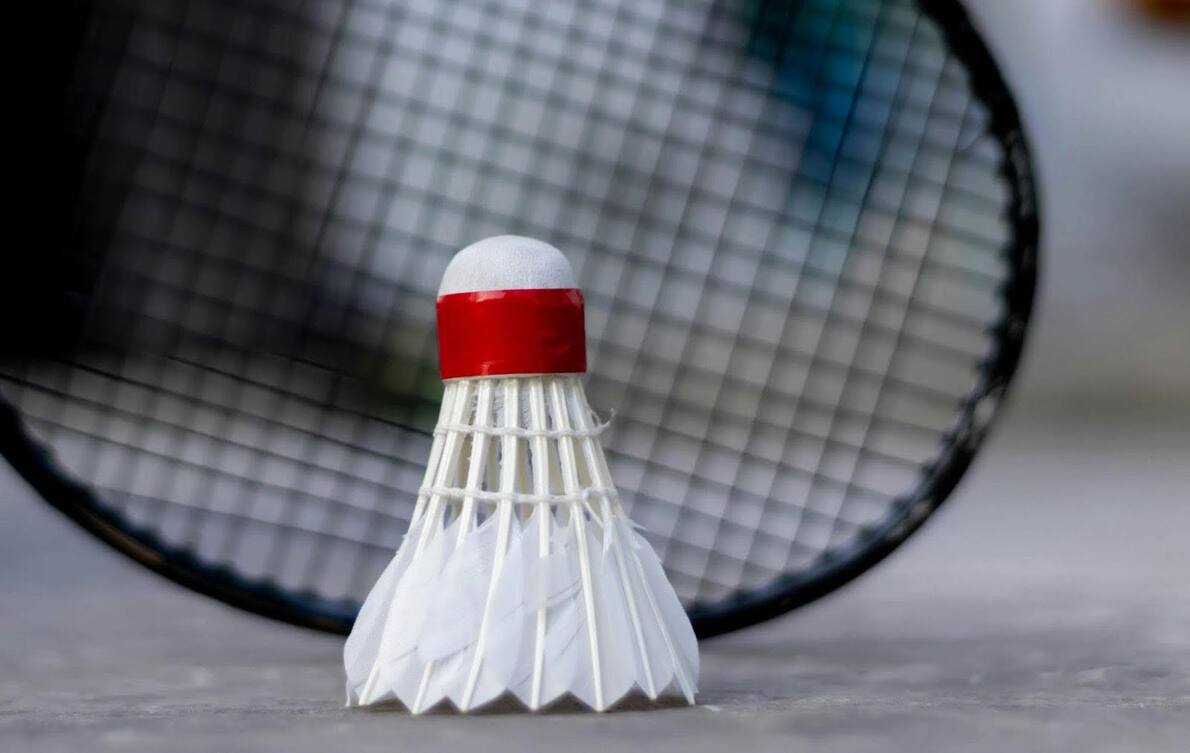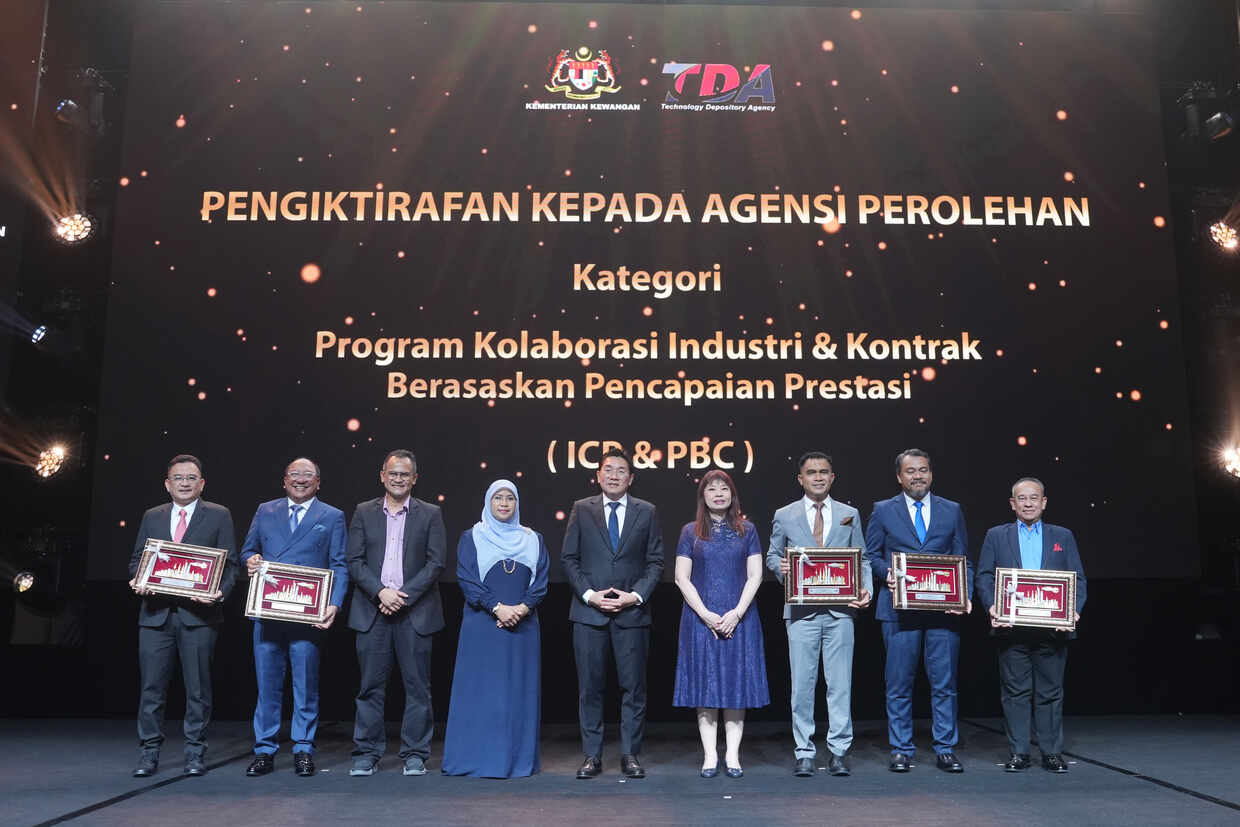Badminton in Malaysia transcends mere sport, embodying national pride and excellence on the international stage. From local community courts to Olympic arenas, the distinctive thwack of shuttlecocks echoes Malaysia’s sporting identity, captivating millions and producing world-class athletes. This racquet sport has become deeply ingrained in Malaysian culture, serving as a unifying force across diverse communities.
Historical dominance and key figures
Malaysia’s badminton legacy is built on decades of success, dating back to the country’s pre-independence era. The nation has produced a string of world-class players, including:
- Lee Chong Wei: Three-time Olympic silver medalist and former world number one, known for his lightning-fast reflexes and unparalleled court coverage
- Rashid Sidek: Olympic bronze medalist and key figure in Malaysia’s Thomas Cup victories, renowned for his tactical acumen
- Goh Liu Ying and Chan Peng Soon: Mixed doubles silver medalists at the 2016 Olympics, celebrated for their on-court chemistry and innovative play
- Misbun Sidek: A dominant force in the 1980s, whose coaching later shaped future generations of players
- Wong Peng Soon: Malaysia’s first All England champion in 1950, setting the foundation for the country’s badminton success
These athletes, among others, have not only achieved individual success but have also inspired generations of Malaysian badminton players, contributing to the sport’s enduring popularity in the country.
As Malaysian badminton continues to change, fans seek new ways to engage with their
favorite sport. The 1xbet app has has emerged as a popular platform for badminton enthusiasts,
offering live match updates, player statistics, and betting options for major tournaments. This
digital integration reflects the sport’s modern appeal and its ability to connect with a tech-
savvy audience. The app’s features, including real-time match analysis and interactive fan
forums, have transformed how supporters experience badminton, bridging the gap between
on-court action and virtual engagement.

Current landscape and rising stars
Today, Malaysia continues to be a formidable force in international badminton. The men’s singles category, long dominated by Lee Chong Wei, now sees emerging talents like Lee Zii Jia stepping into the spotlight. Lee’s victory at the 2021 All England Open signaled the dawn of a new era in Malaysian badminton. In doubles events, Aaron Chia and Soh Wooi Yik’s bronze medal at the Tokyo Olympics signals Malaysia’s ongoing competitiveness in paired play.
The women’s game, while historically less dominant, is showing promising signs of growth. Players like Goh Jin Wei and S. Kisona are making their mark on the international circuit, suggesting a more balanced future for Malaysian badminton across genders.
The Badminton Association of Malaysia (BAM) plays a crucial role in talent development, implementing comprehensive programs to identify and nurture young players. This systematic approach ensures a steady pipeline of skilled athletes ready to compete at the highest levels. The BAM’s state-of-the-art training facility in Bukit Kiara serves as the epicenter of Malaysia’s badminton development, equipped with cutting-edge technology and sports science support.
Challenges and future prospects
Despite its storied history, Malaysian badminton faces challenges. Increased competition from other badminton powerhouses like China, Japan, and Indonesia puts pressure on Malaysian players to constantly elevate their game. The retirement of legendary figures like Lee Chong Wei has left big shoes to fill, placing added pressure on the next generation of players.
Additionally, the sport faces competition for young talent from other popular activities, including e-sports and football. Ensuring a continuous influx of skilled players into the badminton pipeline remains a priority for sporting authorities.
However, the future remains bright. Malaysia’s continued investment in badminton infrastructure and youth development programs positions the country to maintain its status as a badminton powerhouse. The emergence of new talents and the consistent performance in international tournaments suggest that Malaysian badminton is poised for continued success on the global stage.
The country’s hosting of major tournaments, such as the Malaysia Open Super 750, further cements its place in the badminton world. These events not only provide valuable exposure for local players but also boost sports tourism, contributing to the nation’s economy.











